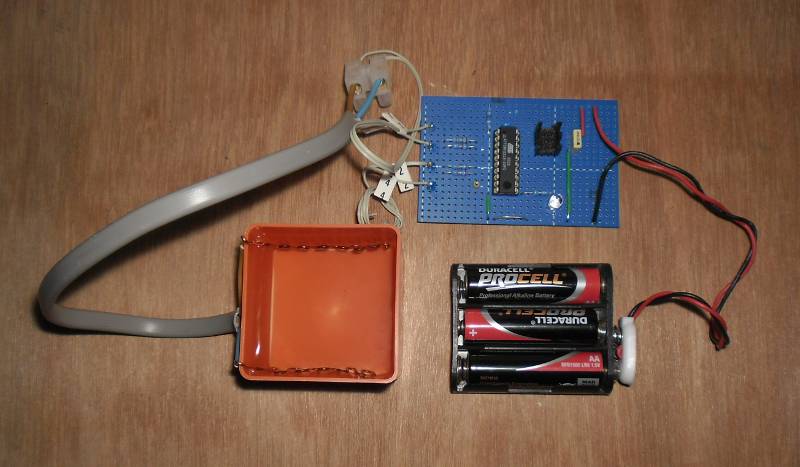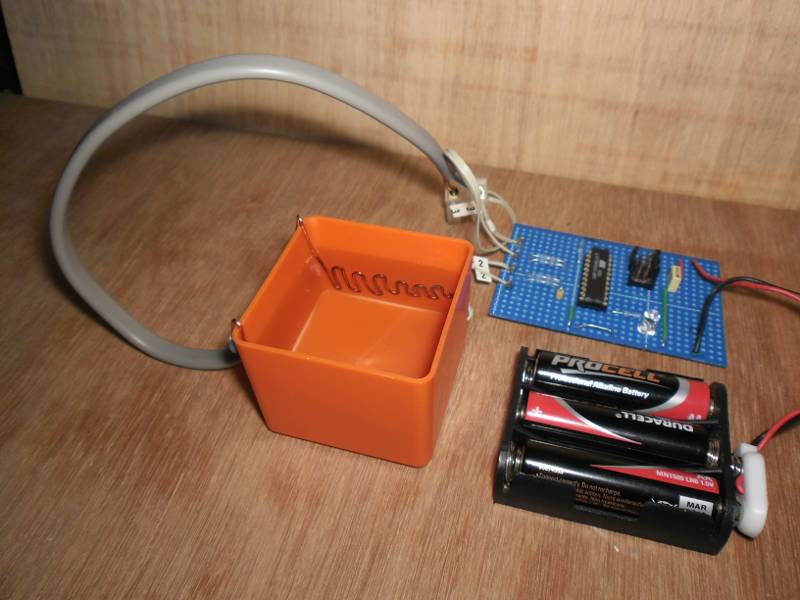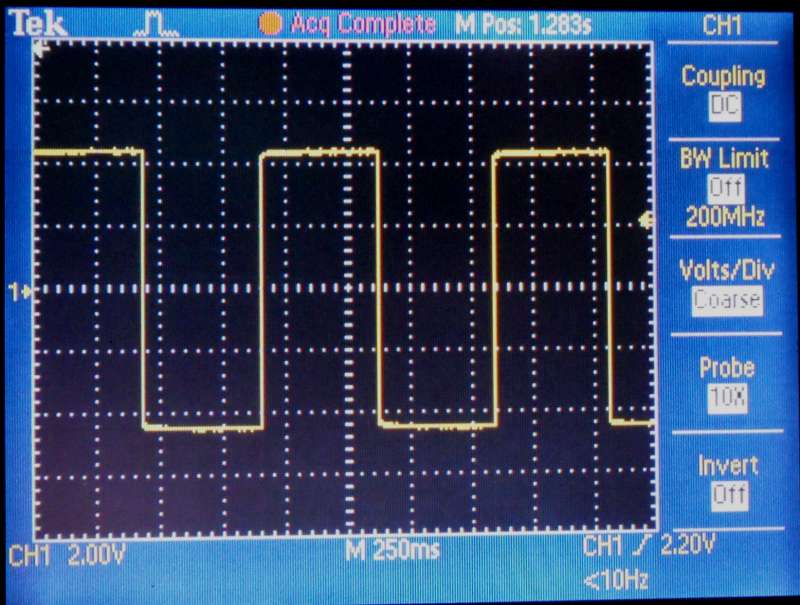

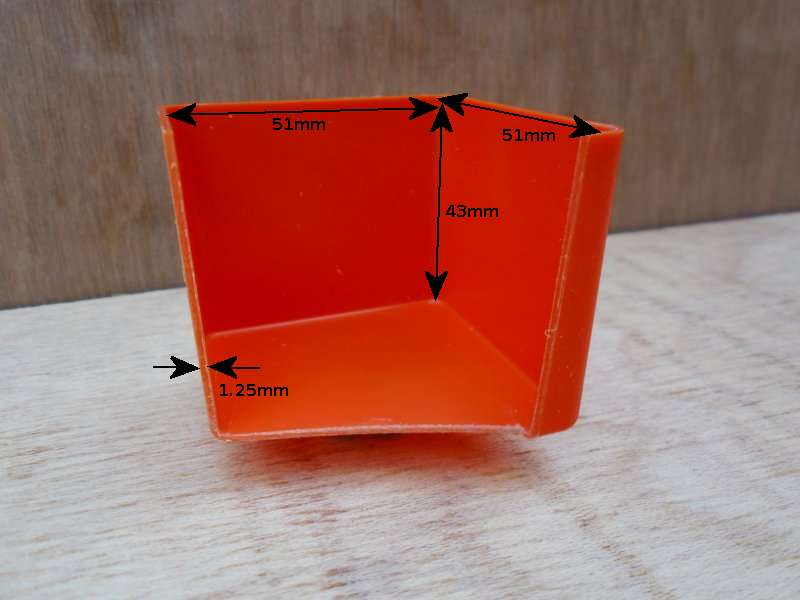
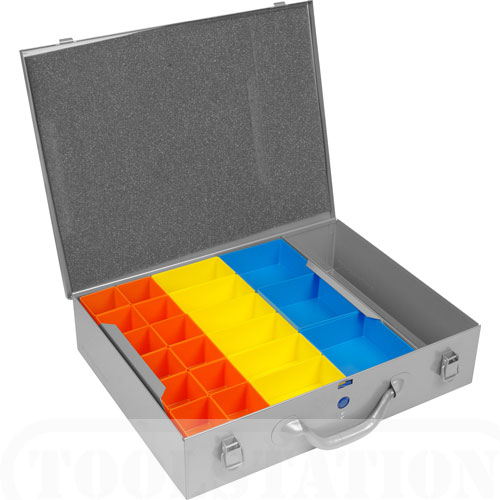


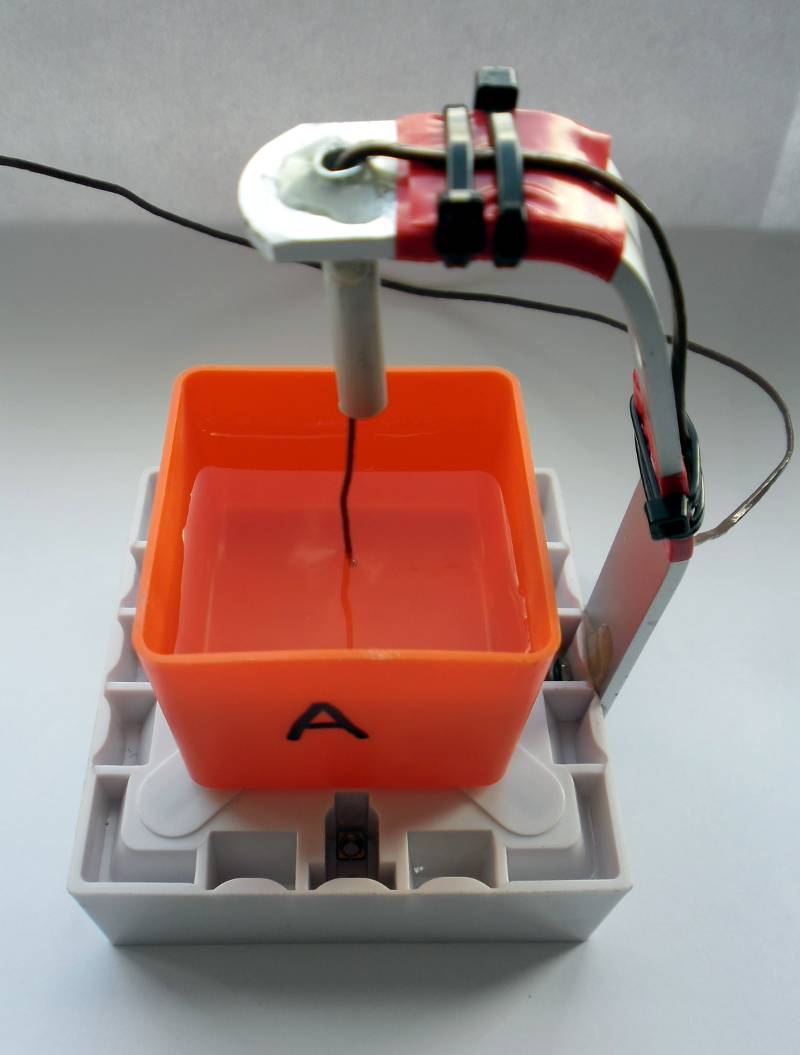
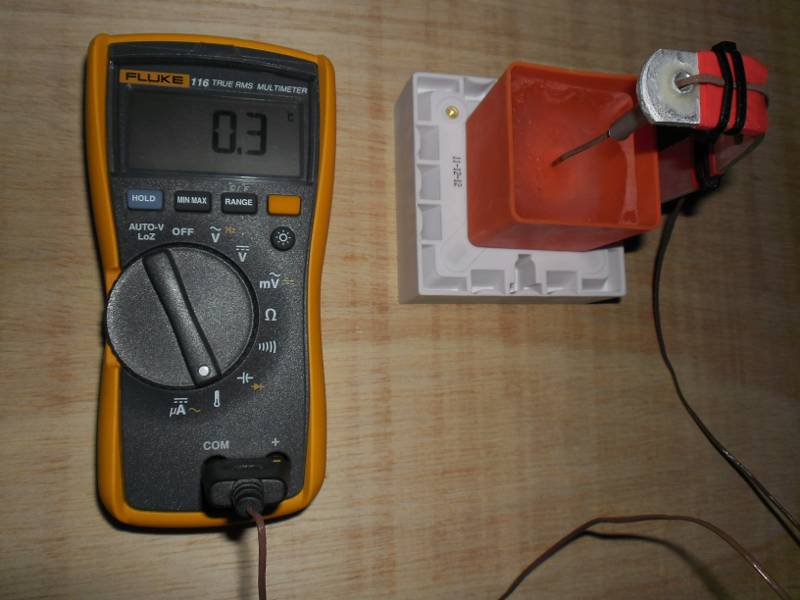
| The "Piezo" Experiment Specific Equipment | |
| In order to determine the effect of vibration on water touching the side of the container, I attached a pair of Piezo electric transducers (similar to the type of sounder found in smoke alarms etc.) attached to some electronics to produce a sweep in frequency. The Piezo transducers were attached at 90° to each other and fed from a pair of drive voltages at 90° to each other. | |
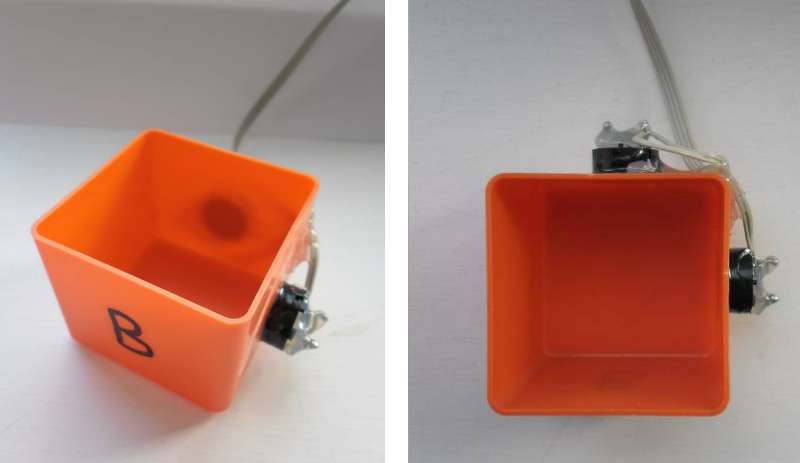
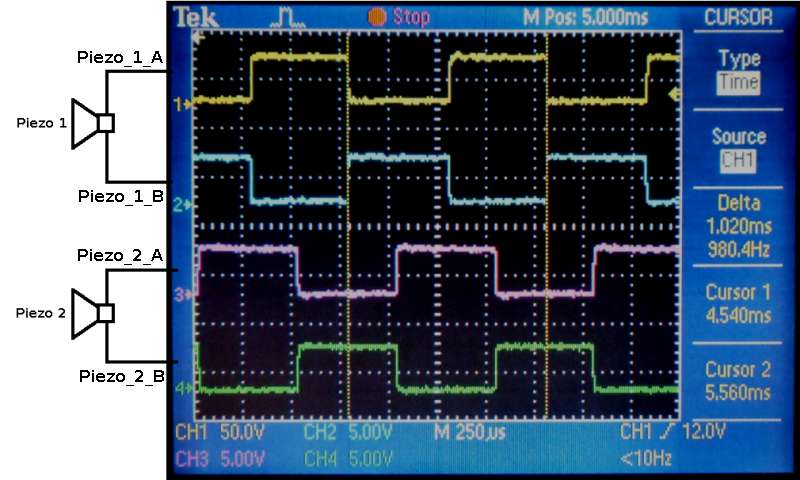
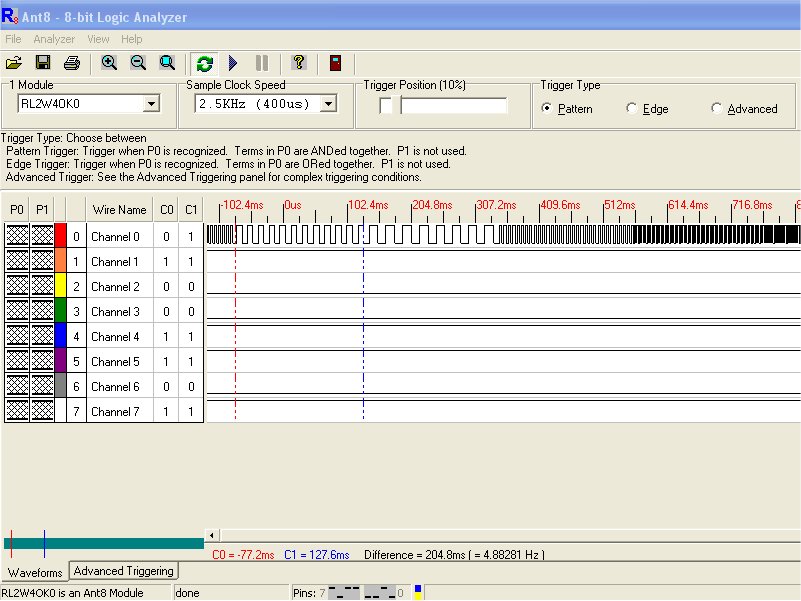
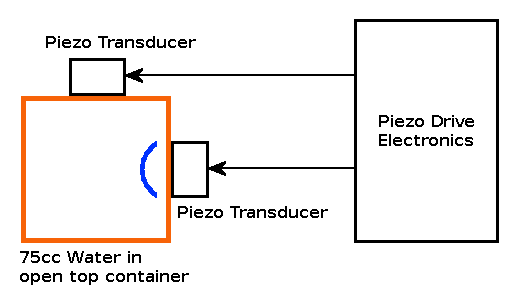
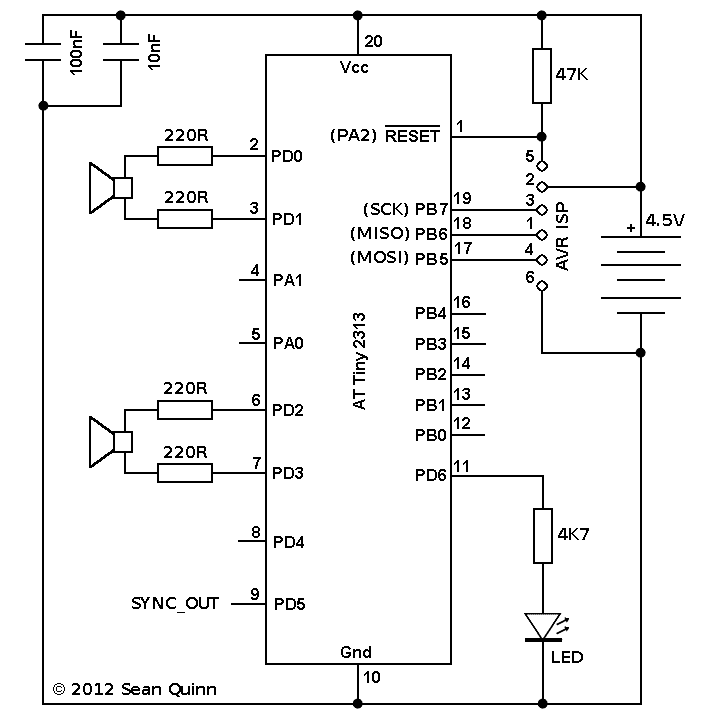

| The Experiment to measure Electrical Resistance | |
|
In order to determine the effect of cooling on the electrical conductivity of water I found that the measuring the resistance with a digital multimeter was unreliable. Even measuring resistance with an analogue meter caused unreliable results unless the polarity was swapped between electrodes and take an average reading. |
|
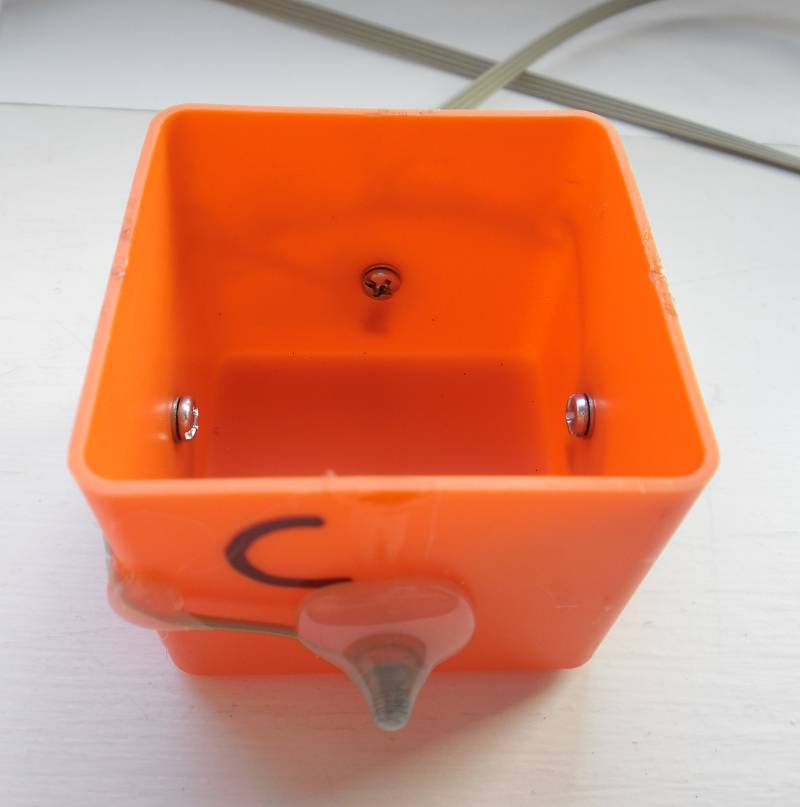
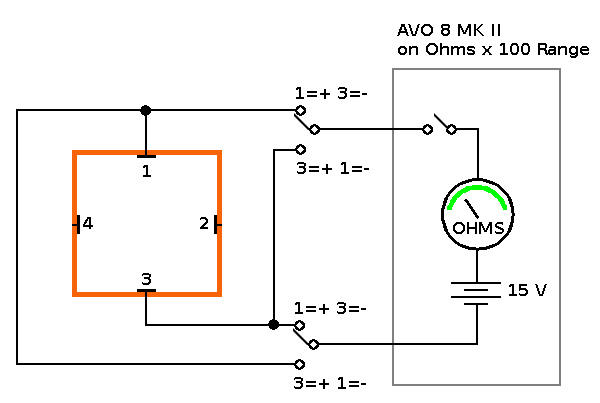
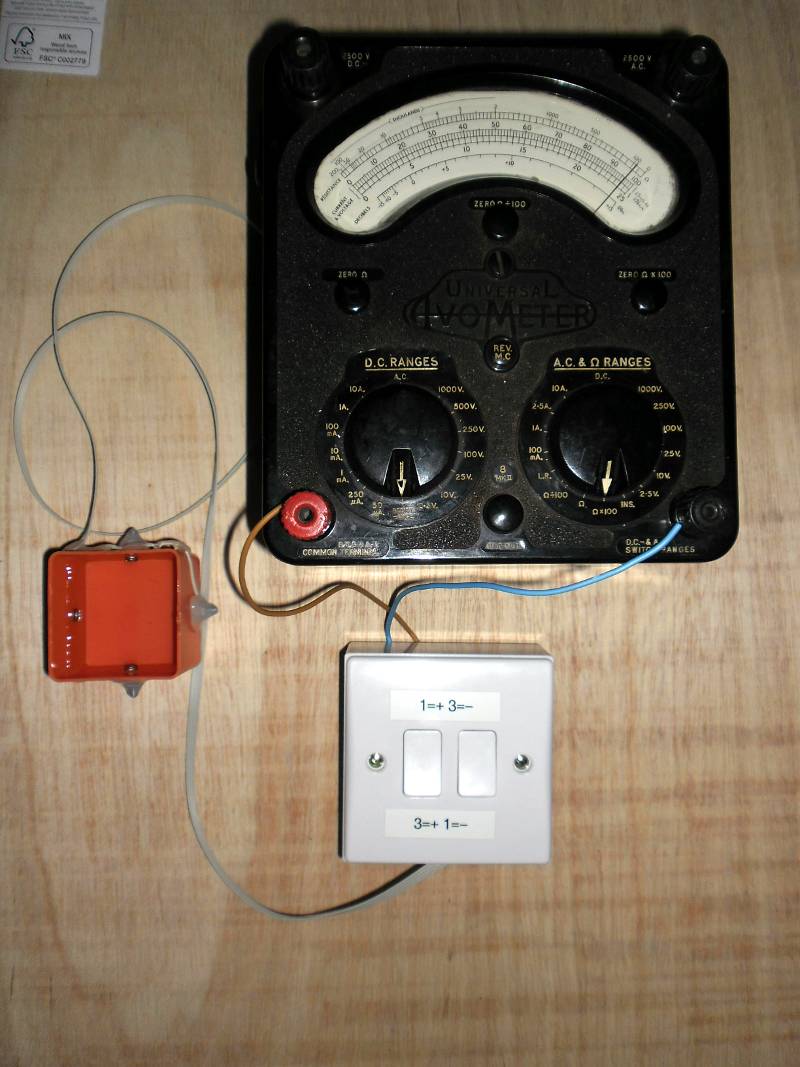
| The "Hydroxide Ion" Experiment Specific Equipment | |
| In order to determine the effect of stimulating the Hydroxide Ions of the water touching the side of the container, I attached 4 electrodes (one on each side of the container), below the water level attached to some electronics to produce a fixed 1Hz frequency fed from a pair of drive voltages at 90° to each other. | |
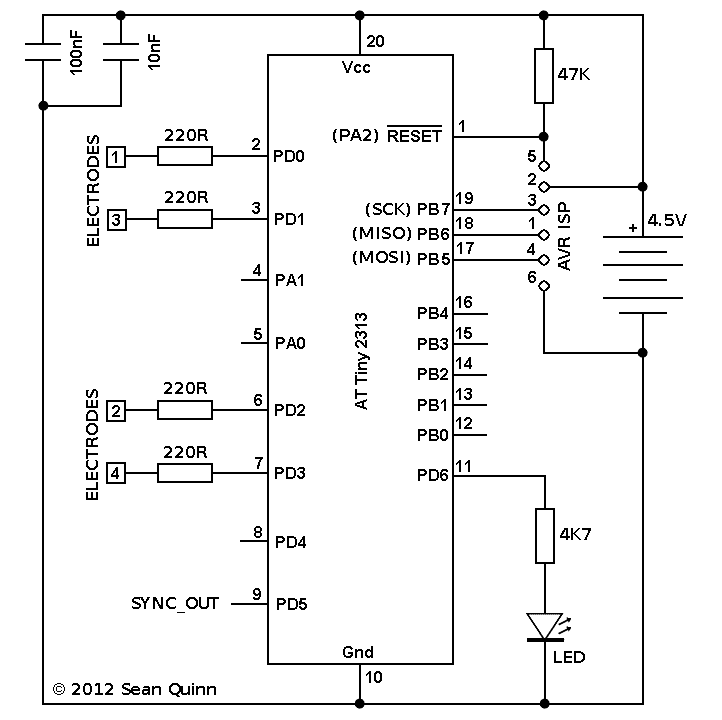
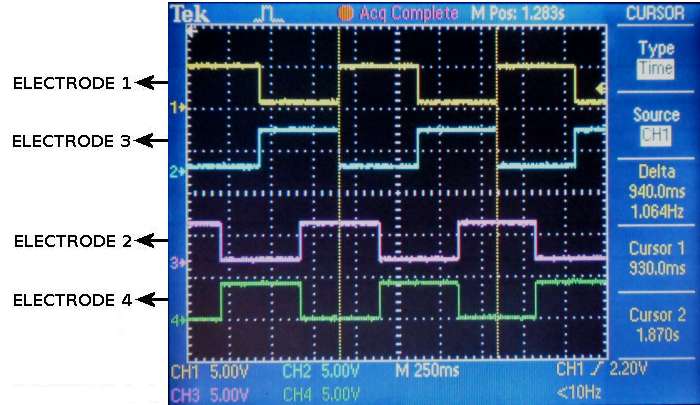

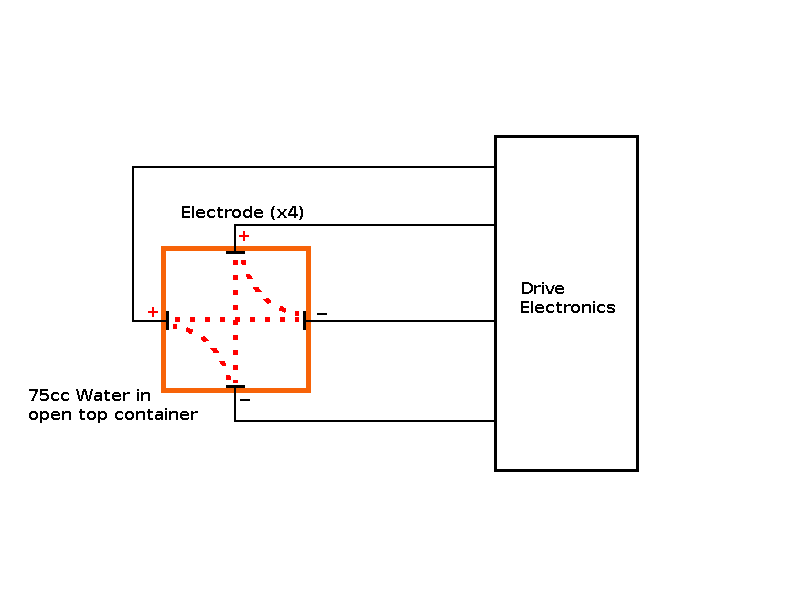
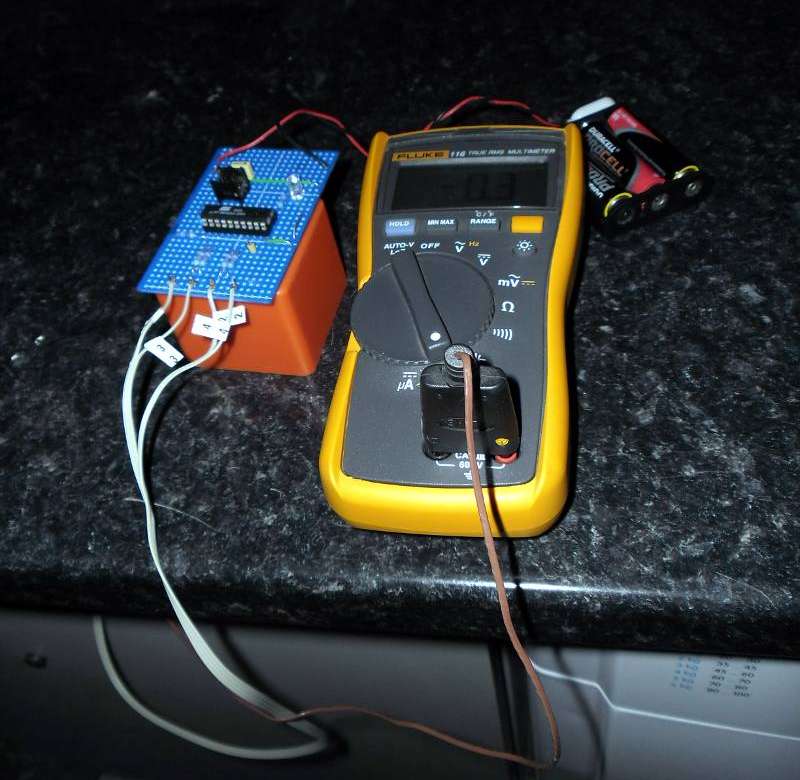
| Ion Drive MK2 Specific Equipment | |
|
The original ion drive device gave a marginal improvement to cold samples and I learned from it's weaknesses. Ion Drive MK2 uses exactly the same electronics & firmware as the original. The 4 electrodes have been replaced by 2 temporary electrodes, placed in the container while the sample is being "treated". Once the sample has been treated for a number of minutes, the electrodes are removed before the container is placed in the freezer. |
|
